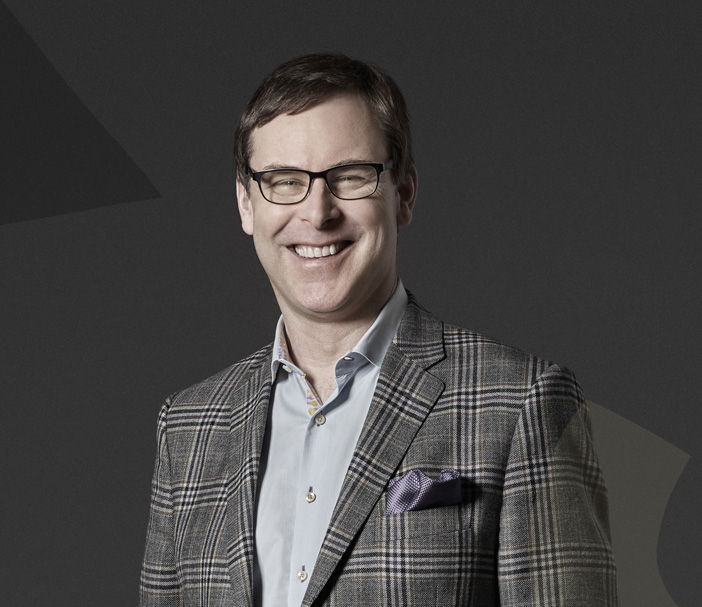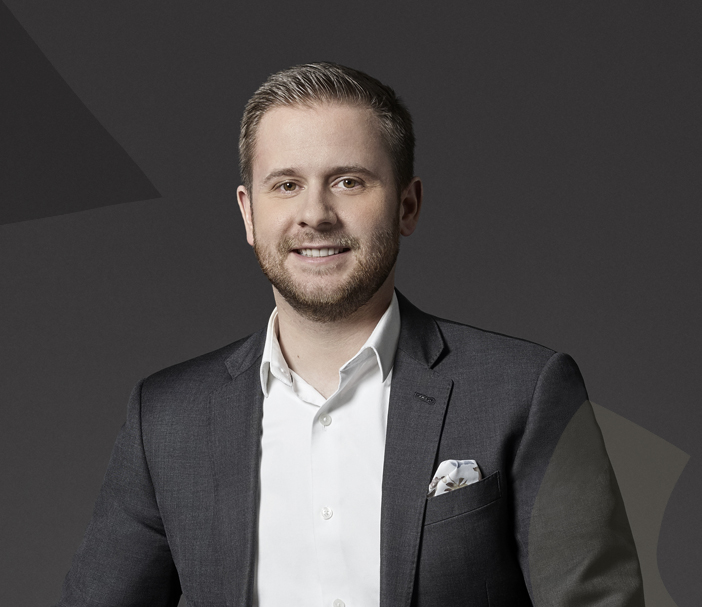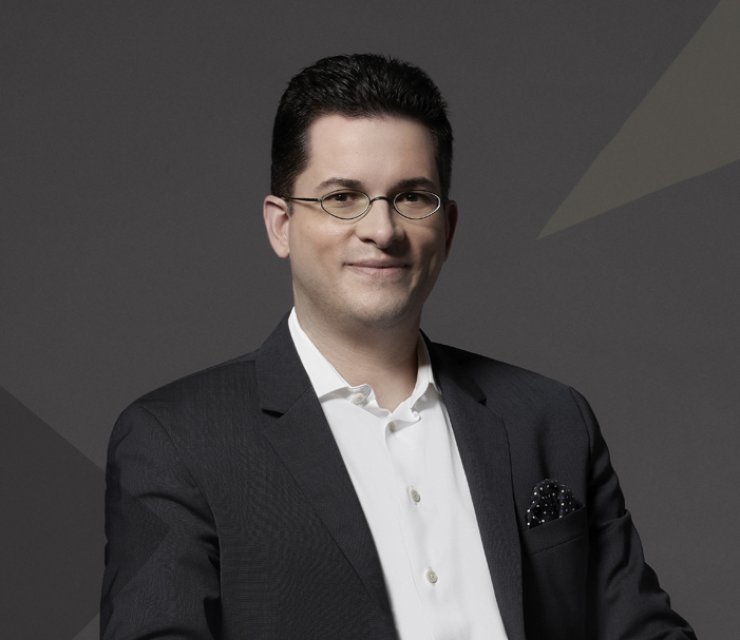The Evolution of Portfolio Construction: What UHNW families need to know
Portfolio construction and management have evolved considerably over the past century or so, and we continue to see significant shifts even in recent years. This article will briefly highlight past inflection points that influenced portfolio construction, distinguish ultra-high-net-worth (“UHNW”) families from other types of investors and show how a combination of goals-based investments and outcome-oriented portfolio construction can be used to create bespoke UHNW portfolios. We will also present an alternative method for portfolio construction compared to the prevailing approach.
A brief history of portfolio construction
The Roaring Twenties was the first foray into public market investments for many individual investors as they got caught up in the stock market mania that tragically culminated in the 1929 crash, which was partially responsible for the Great Depression. During this era, the typical investor did not have what we would refer to today as a portfolio. Instead, they typically owned a highly concentrated set of stocks (e.g. railroad companies that were publicly listed).
In fact, the concept of building a “portfolio” of investments has not been in existence for that long in historical terms. While Harry Markowitz wrote about “Portfolio Selection” as part of his graduate studies in 1952,[1] the work would not be discovered for a decade. Markowitz would go on to win the Nobel Prize for his work on modern portfolio theory (“MPT”) in 1990. This groundbreaking research explained the trade-off between low-risk securities such as U.S. Treasury Bills versus higher-returning securities such as publicly traded equities. It then went on to assert that optimal stock and bond allocations existed to help maximise returns for each level of risk, or seen another way, minimise risk for each required level of return.
The revolutionary change created by the adoption of MPT was to focus on each investor’s specific risk/return profile, thereby laying the foundation for modern portfolio construction and asset allocation. However, while early adopters of MPT were mainly institutional investors, it would eventually trickle down to retail-focused brokerage houses and later, wealth management firms. The rise of the “classic” 60/40 (i.e. 60% equities and 40% fixed income) portfolio can be traced back to Markowitz and MPT, and would serve as a basis for a whole industry of mutual funds following a “balanced” portfolio approach.
If MPT was the first phase of modern portfolio construction, the next phase would be marked by the proliferation of factor investing. Academic research on distinct factors that drove underlying portfolio performance began in the 1960s with William Sharpe’s key concept of “beta”[2] (market sensitivity of individual stocks or portfolios of stocks) and continued over the next few decades with the identification of factors such as value, growth, size, volatility, quality and momentum, among others. These factors would inspire the creation of active funds as well as passive exchange-traded funds (“ETFs”) that would allow investors to create portfolios targeting a desired blend of specific factor exposures.
Despite the democratisation of access to diversified portfolios and specific factors via pooled funds and ETFs, the asset management and wealth management industries were still largely focused on the same two asset classes contained within the Markowitz balanced portfolios – equities and fixed income.
The latest phase of portfolio construction, predominant over the past ten to twenty years, has tried to emulate the success achieved by the “Endowment Model”[3] popularised by Yale University or the “Canada Model”[4] led by the mega pension plans in Canada, such as CPPIB and Ontario Teachers’ Pension Plan. The Yale Endowment approach popularised by the university’s former Chief Investment Officer, David Swensen, centred around investing in “alternatives” to traditional equity and fixed income strategies, including hedge funds and private markets (private equities, credit, real estate etc.). The Canada Model approach shared many similarities with the Endowment Model but added global diversification and some in-house capabilities to complement external expertise.
The complexity of portfolio construction for multigenerational families
For affluent families, the wealth they have garnered extends beyond monetary metrics – it also carries an emotional weight. This wealth, achieved often through concentrated efforts such as building a business, offers not only a means for lifestyle sustenance and status enhancement but also a medium for charity and adjunct purposes (e.g. family bank for funding intergenerational ventures). Yet, employing the same strategies that built this wealth to an investment portfolio might not always hold future promise. And in this ever-evolving financial terrain, navigating beyond conventional asset allocation and blindly embracing an institutional or endowment approach ignores a richer understanding of wealth’s emotional intricacies for families.
Delving into multigenerational families reveals a complex web of financial and emotional dynamics. The standard institutional model, with its focus on maximal returns rooted in historical analytics, can occasionally miss the profound personal undertones of such family wealth.
The sentiment “having arrived here, I’m unwilling to backtrack” captures the essence. The looming dread of lifestyle recalibration and the apprehension of not furnishing successive generations with consistent affluence often haunts families. Thus, an approach grounded in personal goals and distinct risk boundaries is paramount. This not only supports the immediate aspirations, like lifestyle sustenance, but also goals like nurturing lasting family legacies. In juxtaposition, institutional or endowment strategies champion prolonged returns and expansive asset growth, leaning heavily on historical insights and overarching market trends. Simply put, while institutions deploy a data-centric blueprint for portfolio construction, multigenerational families apply the same components but with greater finesse and depth.
In our experience, working with multigenerational families with varying levels of wealth, income needs and legacy goals can present a challenge for advisers. Family office advisers must develop a strong institutional portfolio management framework combined with an outcome or goals-based approach. While a typical investment adviser or portfolio manager catering to the mass affluent market can deploy “model” portfolios across many clients, UHNW families expect a portfolio developed to meet their specific requirements. These requirements typically include a certain level of income for lifestyle needs, liability-matched assets for specific large ticket purchases and portfolio growth targets for legacy and transition purposes. To address many of these needs, a “pyramid” approach can often be used.
Hersh Shefrin and Meir Statman developed the “Behavioural Finance Portfolio Pyramid”,[5] providing a framework for evaluating the roles and responsibilities of each investment within a portfolio. This framework can be helpful in the family office context in thinking about how various portfolio assets provide utility to the family. At the bottom of the pyramid are the foundation or lifestyle assets; lower risk investments that allow the family to live their day-to-day lives. Examples would include cash and many fixed income investments. The middle of the pyramid includes the assets to protect the portfolio from the erosion of value due to inflation, providing prudent growth of capital. Assets in this category can include equities, some credit strategies, real estate and hedge funds. At the top of the pyramid are those assets that tend to provide higher levels of growth, such as small cap equities and private equity investments (including venture capital) intended to increase the wealth of the family.
UHNW families tend to think of the bottom and middle parts of the pyramid as those assets that will support their current lifestyle needs, while growing the portfolio ahead of inflation. Families tend to think of assets at the top of the pyramid as those that will help the portfolio grow to the benefit of the next generation or allow the family to be generous. To add complexity to the matter, UHNW families tend to prefer assets that generate enough income from their investments to cover all their needs, rather than a mix of income and growth.
The unique needs of the UHNW family explain why the family office adviser cannot rely only on MPT, the Endowment Model or the Canada Model uniquely to construct portfolios. A more nuanced approach is needed. And with the proliferation of different investment opportunities available to families today, gaining true insights into risk/return drivers at the level of each investment is key to maximising long term success.
Richter Family Office’s approach to portfolio construction for UHNW families
With this backdrop, let us now turn to describe how the Richter Family Office approaches the portfolio construction question, taking elements from some of the world’s most sophisticated institutional allocators, and adapting them to the UHNW space.

Very simply, we are moving towards a new taxonomy through which to view the investment universe composed of four categories: equity, fixed income, real assets and alternative strategies. The first three categories are meant to capture various “betas” (market returns): equity beta, fixed income beta and alternative beta, and as such, will be predominantly long-only or long-biased investments. The equity category, for instance, will include not just long-only equity managers, but also long-biased hedge funds, private equity funds and venture funds. This is in sharp contrast to more traditional frameworks that will categorise hedge funds, private equity funds and venture funds simply as “alternatives”. The philosophy here is that these investments are also providing equity risk premia, just in an illiquid form, and are subject to the same economic drivers as public equities.
In the same way, the fixed income category will include everything from long-only public market fixed income to direct lending and other private credit investments. The real assets category can include a range of investments from real estate to infrastructure to long-only commodities. Even things like music royalties and alternative risk premia can fit in this category. Finally, the fourth category is meant to capture the non-beta, or “alpha” strategies (ones that aim to produce value over and above a specific market return). These include multi-strategy managers, macro managers and long-short hedge fund managers, to list a few.
We conceived the four categories to be mutually exclusive and completely exhaustive. However, it may not always be clear where an investment should be categorised. An activist hedge fund might be categorised in the equity sleeve given its long-biased nature, but an equity market neutral hedge fund might be categorised in the alternative strategies category. A high-yield investment, however, could fit in the fixed income sleeve, or an argument can be made for it to be in the equity sleeve. In practice, art and science both play a part – with the art part allowing the practitioner’s judgement to play a role. What is important is that there is internal consistency when categorising investments.
In our experience, one consequence that may fall out from this new taxonomy is that if a portfolio traditionally used equity, fixed income and alternatives as the asset class categories under this new taxonomy, one might find that the portfolio is not as diversified as one may have thought, and in fact has a large concentration of equity or fixed income beta risk and very little true alternative drivers of returns. Unfortunately, given market performance since the 2008 Global Financial Crisis, risk assets have broadly moved in tandem which has numbed families to the reality that their investments have broadly been lifted by equity beta drivers. Under this taxonomy, having a different set of lenses to gauge risk drivers in a portfolio is crucial to better reconcile portfolio construction against the goals-based framework noted previously. Simply looking at asset allocation in terms of equity, fixed income and alternatives may be too narrow to truly understand the underlying risk factors.
Portfolio construction has come a long way over the past century. From single-stock bets during the Roaring Twenties to understanding the underlying characteristics of securities within a traditional balanced portfolio and emulating the approach of sophisticated institutional investors that embrace non-traditional assets and strategies. Fast forward to today, we find ourselves incorporating the learnings of the past with three additional components required for UHNW bespoke portfolio construction: 1) tailoring each solution to the specific needs of a family, 2) adopting goals-based pyramid construction and 3) designing a new asset allocation framework that is more aware of the underlying risk and return drivers. We feel that all three of the above elements are needed to maximise the odds of success as defined by each of the families with whom we are privileged to work.
Interested in this topic? Read more on portfolio construction:
[1] “Portfolio Selection” by Harry Markowitz, The Journal of Finance (Mar., 1952), pp.77-91
[2] “Capital Asset Prices: A Theory of Market Equilibrium under Conditions of Risk.” by William F. Sharpe, The Journal of Finance (Sep., 1964). 19:3, pp.425-42
[3] The Endowment Model is also commonly referred to as the Yale Endowment Model and was developed by former Yale Endowment chief investment officer David Swenson and popularised by his 2000 book, Pioneering Portfolio Management: An Unconventional Approach to Institutional Investment
[4] The Canada Model is also commonly referred to as the Canadian Pension Model and was developed by leading Canadian pension plans including Ontario Teachers’ Pension Plan initially and then others such as Canada Pension Plan Investment Board (now called CPP Investments). Global awareness of The Canada Model increased following the “Maple Revolutionaries” article in the Economist on March 3, 2012
[5] [See] “Behavioral Portfolio Theory” by Hersh Shefrin and Meir Statman, The Journal of Financial and Quantitative Analysis (June 2000)



